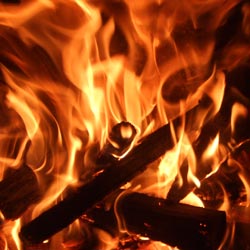Different States of Matter:
Solid, liquid, and gases are the three states of matter and their particles within the substance act differently according to their different states.
Solid, liquid, and gases are the three states of matter and their particles within the substance act differently according to their different states.
 |
| Solid Liquid Gas |
Chemical Changes: Chemical changes take place on the molecular level. A chemical change produces a new substance. Examples of chemical changes include combustion (burning), cooking an egg, rusting of an iron pan, and mixing hydrochloric acid and sodium hydroxide to make salt and water.
Physical Changes: Physical changes are concerned with energy and states of matter. A physical change does not produce a new substance. Changes in state or phase (melting, freezing, vaporization, condensation, sublimation) are physical changes. Examples of physical changes include crushing a can, melting an ice cube, and breaking a bottle.
Difference: A chemical change makes a substance that wasn't there before. There may be clues that a chemical reaction took place, such as light, heat, color change, gas production, odor, or sound. The starting and ending materials of a physical change are the same, even though they may look different.
Examples of Chemical Changes

- burning wood
- dissolving salt in water
- mixing acid and base
- digesting food
Examples of Physical Changes

- crumpling a sheet of paper
- melting an ice cube
- casting silver in a mold
- breaking a bottle
No comments:
Post a Comment